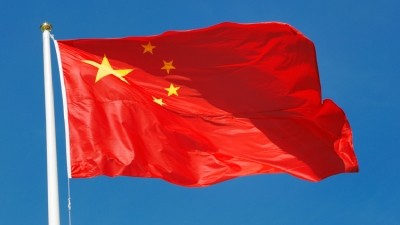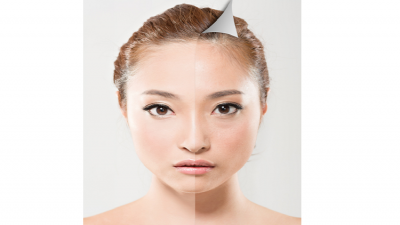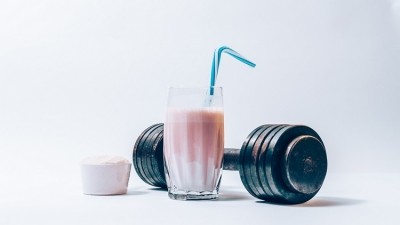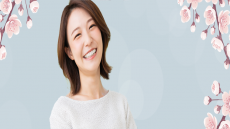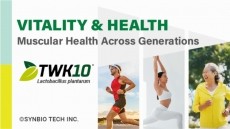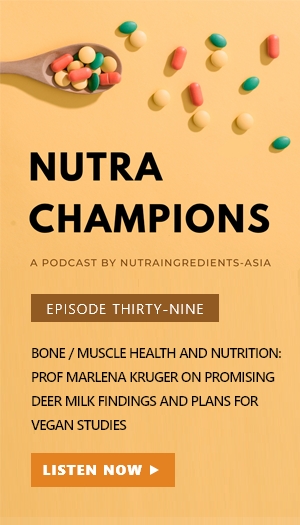Untapped ageing potential: Less than 15% of Beijing elderly intend to buy health products
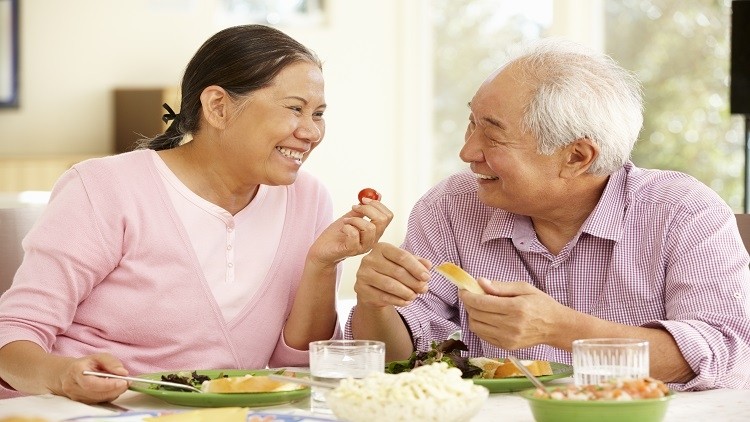
The survey, commissioned by Beijing Consumer Association, aimed to find out the elderly’s consumption attitudes and demands towards health products.
Health products referred to health foods, equipment, services, and wearables.
Some parameters assessed included their ability to differentiate the differences between health products and medicines and the functions of the health products.
Only elderly aged 60 and above and have lived in Beijing for at least one year took part in the study. As of last year, this age group made up one-quarter of Beijing’s total registered population.
The study took place in the form of an interview and questionnaire and 823 responses were collected.
Based on the study results, the elderly were categorised into three groups: heavy, medium, and light users of health products.
Intent to consume
Most of the Beijing elderly, around 80%, are medium and light users when it comes to health products.
Furthermore, just 14.09% plan to buy a health product in the next year.
Heavy users are also more likely to continue their consumption of health products in the upcoming year.
For this group, 46.63% of them expressed the intention to buy health products, while only 10.83% of the medium and 0.32% of the light users have the intention to do so.
Factors affecting purchase
The findings also showed that product effectiveness and its ingredients are key concerns for the elderly.
Overall, 65.59% of the elderly saw product effectiveness and ingredients as key factor. Across all the groups, at least 60% of the elderly had place emphasis in these two areas.
Nonetheless, there are still some noticeable differences when it comes to the factors affecting the decision to purchase.
For heavy users, 41.10% said they would consider the price, 35.58% would consider the effects of the live product demonstration, and 31.90% would consider the service attitude of the salesperson.
Whereas for medium users, product reputation was a bigger concern, with 36.88% said product review and friends’ recommendation would come into play.
The similar case applies for light users, with 41.86% said that they would consider whether their peers were using the product.
“From here, it is observed that elderly who are heavy users would take into consideration a number of factors and tend to be more rationale users.
“As for medium and light users, they tend to be more intuitive (in their decision to purchase), and can be easily led to non-rationale consumption,” said the report.
Purchase channels
According to the findings, heavy users tend to buy health products from specialty stores, whereas the two groups tend to purchase during product discounts.
From the heavy users group, 43.56% of them pointed out specialty stores as their main purchase channel, followed by pharmacies (26.99%).
Medium and light users tend to buy when there are sales and discounts, with 44.38% and 44.19% of them falling into this category respectively.
For these two groups of users, 28.13% and 30.23% also tend to buy the product upon salesperson’s recommendations.
Safety awareness
The findings also highlighted how heavy users tend to have a higher level of awareness and knowledge when it comes to purchasing health products.
About 38% of the heavy users would find out information related to the firm selling the product, while the proportion was lower for medium and light users at 14.38% and 4.65%.
Also, there were slightly more heavy users who have the habit of keeping the receipts as compared to medium and light users at 36.25% and 30.23% respectively.
Exaggerated advertising or/and discrepancy between the advertised and the actual product are the main problems, according to nearly 80% of the elderly.
However, heavy users have a lower likelihood of encountering problematic products (26.38%), than medium users (40%) and light users (37.21%).
When encountered with a faulty product, 73.76% said they were willing to protect their rights by seeking help from the consumer association.
